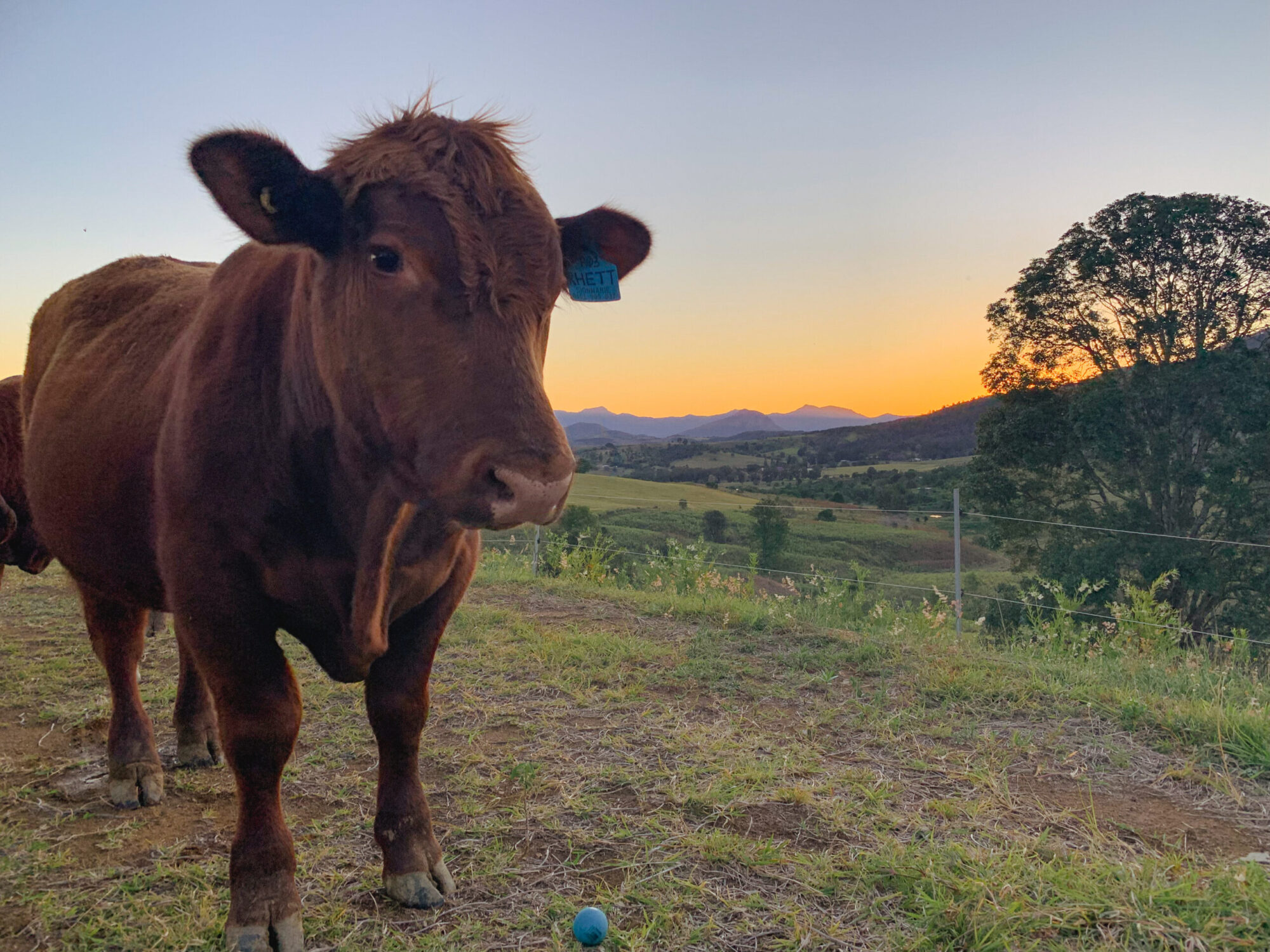When we bought the farm Jacqui and I agreed we needed to secure clean water as a priority.
Although the dam on the western end of the property “had never run dry” it had taken a battering from Cyclone Debbie and was limping along with a broken wall as a result of the extreme amount of water the rain event had caused.
We noticed some old infrastructure that looked suspiciously like the remnants of a windmill and bore leading up to some old concrete tanks. A basic “pebble test” was conducted where we dropped a pebble down the pipe and counted until we heard the splash. There was definitely water down there! Excited by the prospect of a bore that just needed a bit of love and attention we engaged some local experts to hook up a pump to test the flow.

Seemed like a good idea at the time. First we’d “blow out” the bore and then pump out the pristine water that would be used from everything from watering the livestock to irrigating future crops. (Oh my naivety!!). Hhhmmmmm. Firstly the truck to blow out the bore could barely squeeze through our gate never mind traversing our “rolling hills”. So Take Two was to forego the blowing out and just test the flow. Instead of pristine water the liquid that came up resembled more of the stuff in the opening credits of the “Beverley Hillbillies” but instead of Black Gold/ Texas Tea we had a more of a smelly black sludge. To make matters worse the “sludge” was replenishing at a rate of about 200ml per minute. Now given a cow can drink up to 50-70 litres of water per day the queue at the trough was going to be huge!!

Unperturbed it was time for Plan B – drill a new bore. A quick scan of the local contractors and we settled on a reputable local with a history of successful bores in the area. We chose a spot which seemed the most likely for success, after all it was in a similar area the the old windmill and on one of the lowest points on the property. We were feeling confident, our neighbours had shallow bores and the Department of Natural Resources published the stats of active and productive bores to the Southwest (1.5klm away) and to the east (2klm away).
We were so confident we started a sweep on the depth of the bore and enlisted our extended family. Some threw out some quick guesses whilst others (those with the environmental science degree) made more measured assessments taking into account the geological profile of the surrounding bores. (For what it’s worth my guess was 45m).
The day of drilling came and for two hours the contractor expertly manoeuvred two large trucks up our dirt track and down our “rolling hills” to the proposed site. Another hour of setup and the drilling commenced. 5m, 10m, 15m. We were through the expected clay, shale, granite and into layers of coal. 15m became 25m which became 50m. The excitement started to wane only to be rekindled when another layer of coal was found. 50m became 60, 70, 80, 90 metres. At 103 metres we pulled up stumps as we were now just wasting diesel. Even if we hit water the likelihood of it being usable (due to the salinity) was low and the cost of the pump would have been astronomical.
So Plan B also didn’t go as hoped. Maybe in the future we may dabble with a water diviner ( it’s amazing how many of the local “traditional” farmers asked if we used one) but until then we are on to Plan C – fix the dam wall.

